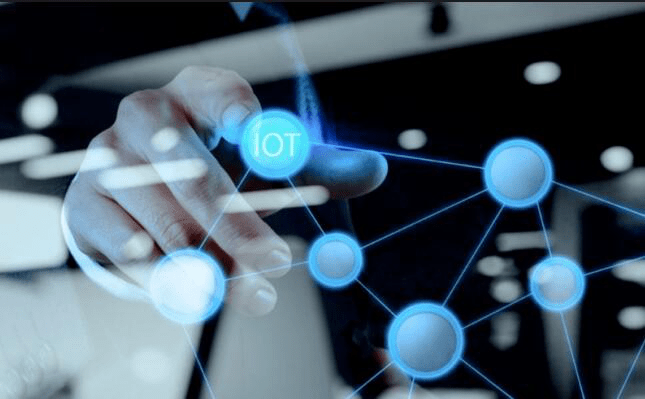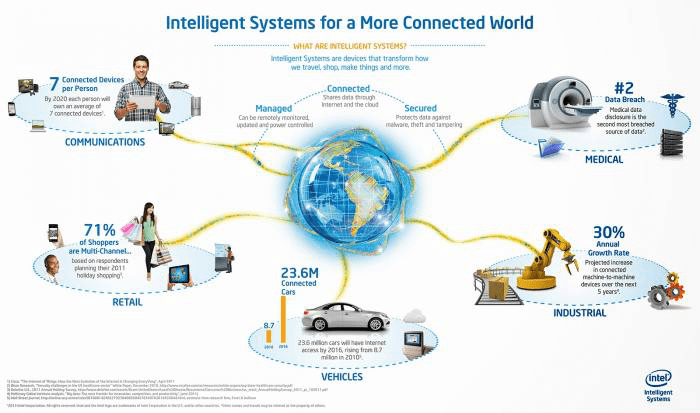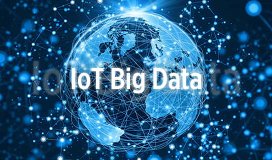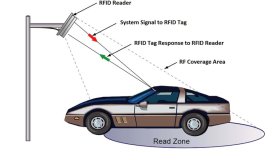The purpose of Internet of Things, (IoT) is to develop a smarter environment, and a simplified life-style by saving time, energy, and money. Through this technology, the expenses in different industries can be reduced.
The enormous investments and many studies running on IoT has made IoT a growing trend in recent years. IoT is a set of connected devices that can transfer data among one another in order to optimize their performance; these actions occur automatically and without human awareness or input.

IoT includes four main components:
1) sensors
2) processing networks
3) analyzing data
4) monitoring the system
The most recent advances made in IoT began when radio frequency identification (RFID) tags were put into use more frequently, lower cost sensors became more available, web technology developed, and communication protocols changed.

Smart cities' devices generate data on a continuous manner, indicating that the data gathered from traffic, health, and energy management applications would provide sizable volume. In addition, since the data generation rate varies for different devices, processing data with different generation rates is a challenge. For example, frequency of GPS sensors updating is measured in seconds while, the frequency of updates for temperature sensors may be measured hourly. Whether the data generation rate is high or low, there always exists the danger of important information loss.
Machine learning is a sub field of computer science, a type of Artificial Intelligence, (AI), that provides machines with the ability to learn without explicit programming. Machine learning evolved from pattern recognition and Computational Learning Theory. There, some essential concepts of machine learning are discussed as well as, the frequently applied machine learning algorithms for smart data analysis. (From, IOT and US Community)



